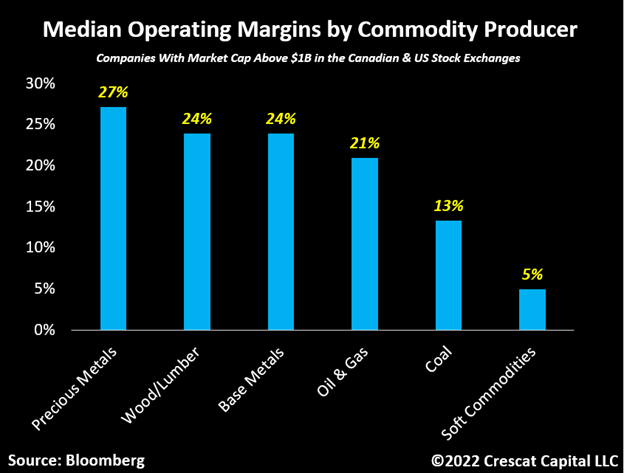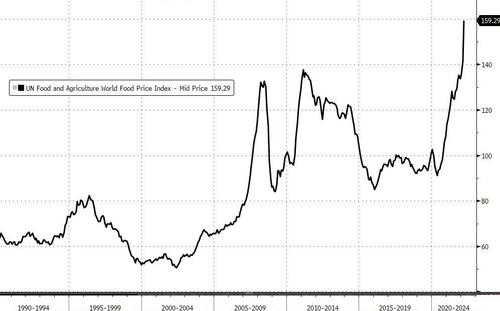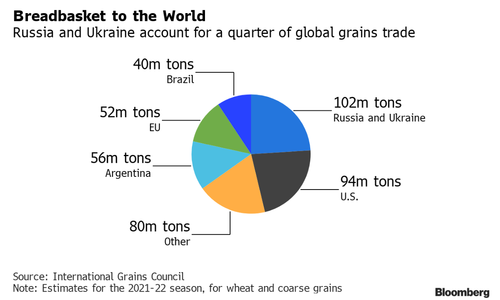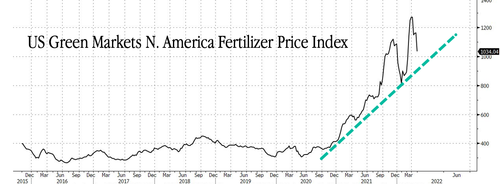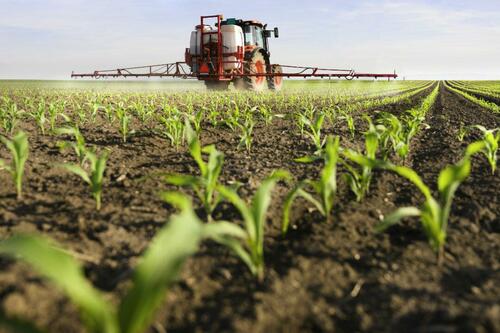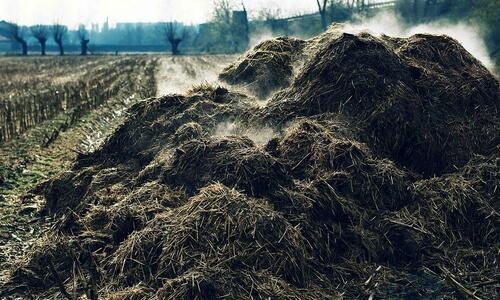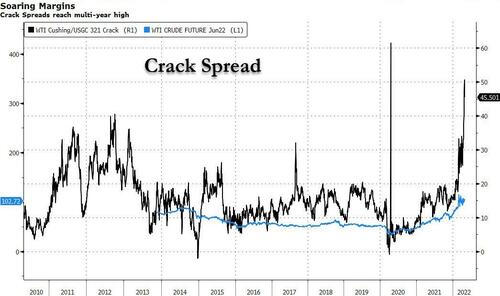RENEWABLE DIESEL v BIODIESEL
I’M FROM THE GOVERNMENT AND I AM HERE TO HELP: A NEW DIESEL ADDITIVES PROGRAM
The environmental lobby has now convinced government officials worldwide that “renewable carbon content” is prima facia a desirable thing – a fallacy that deserves its own “Doomsberg” piece. Various mandates exist to literally take food out of the mouths of the hungry and pump it into our trucks for burning. For the planet, and whatnot.
The first commercially relevant incarnation of a diesel substitute derived from crops is a product known as biodiesel. Oils derived from palm, sunflower, soybean, rapeseed and castor are used as inputs, to name a few, and they are reacted with methanol (derived from fossil fuels) in a chemical process known as transesterification.
Transesterification generates a product with higher oxygen content than standard diesel. This presents some challenges, including poor low-temperature performance, increased microbial growth, corrosion of engine parts and higher shipping costs. (Biodiesel cannot leverage existing pipelines that are used to transport regular diesel). Much like corn ethanol, biodiesel is blended with regular diesel at concentrations between 2-20% before being marketed. Despite these limitations, government mandates have motivated farmers the world over to redirect a sizable chunk of their crops from the grocery store to the gas station.
Nearly all of the challenges with biodiesel have been overcome with the recent development of renewable diesel, a material synthesized by hydrotreating cooking oils. Here’s how the US Energy Information Agency (EIA)
describes the differences (emphasis added throughout):
- “Renewable diesel is a biomass-based diesel fuel similar to biodiesel, but with important differences. Unlike biodiesel, renewable diesel is a hydrocarbon that is chemically equivalent to petroleum diesel and can be used as a drop-in biofuel that does not require blending with petroleum diesel for use…
- Because renewable diesel is a drop-in fuel, it meets ASTM D975 specification for petroleum diesel and can be seamlessly blended, transported, and even co-processed with petroleum diesel.”
Where will all this renewable diesel come from? In the US, soybean oils are the main input. It should come as no surprise that planting strategies are being quickly modified to produce more of it. This
quote from an industry consultant frames the magnitude of the upcoming disruption well:
- “The dramatic development of the U.S. renewable diesel industry is similar to how ethanol changed the U.S. corn industry from 2007 to 2010″, says Dan Basse, president of AgResource Company. But he believes renewable diesel could be more disruptive.
- “We are calling for 90.5 million soybean acres in 2022 versus this year’s 87 million, and that just gets us started in meeting renewable diesel demand,” he says. “Then we’d need to increase soybean acres by 5 million to 7 million each year. We have to top 120 million acres of soybeans to meet the growing demand for renewable diesel.”
With the force of the government’s thumb on the scale of demand compounding pre-existing inflationary pressures hitting
farmers, the price of soybeans has soared to fresh all-time highs. At the time of this writing, soybeans trade for $17 per bushel, more than double the price seen just two years ago. Unless these policies are unwound, it is difficult to imagine a scenario where positive price momentum abates.
In the face of a global energy crisis, the war in Ukraine, food shortages and rampant inflation, does it make sense to be redirecting so many acres of valuable cropland to make renewable diesel, a fuel we can easily and directly drill for domestically? Do our policymakers understand the interconnected nature of these markets, and how forcing a strong link between diesel and soybeans creates a tunnel through which the contagion of crisis in one market bleeds directly into the other? Imagine how grotesque this spectacle must seem to the most vulnerable among us. While they scramble to secure enough edible food to survive, our elite know-it-alls gorge themselves on the most delicious hors d’oeuvres the cocktail party circuit can provide. Through either shocking ignorance or callous indifference, they convince themselves they are saving the planet.

